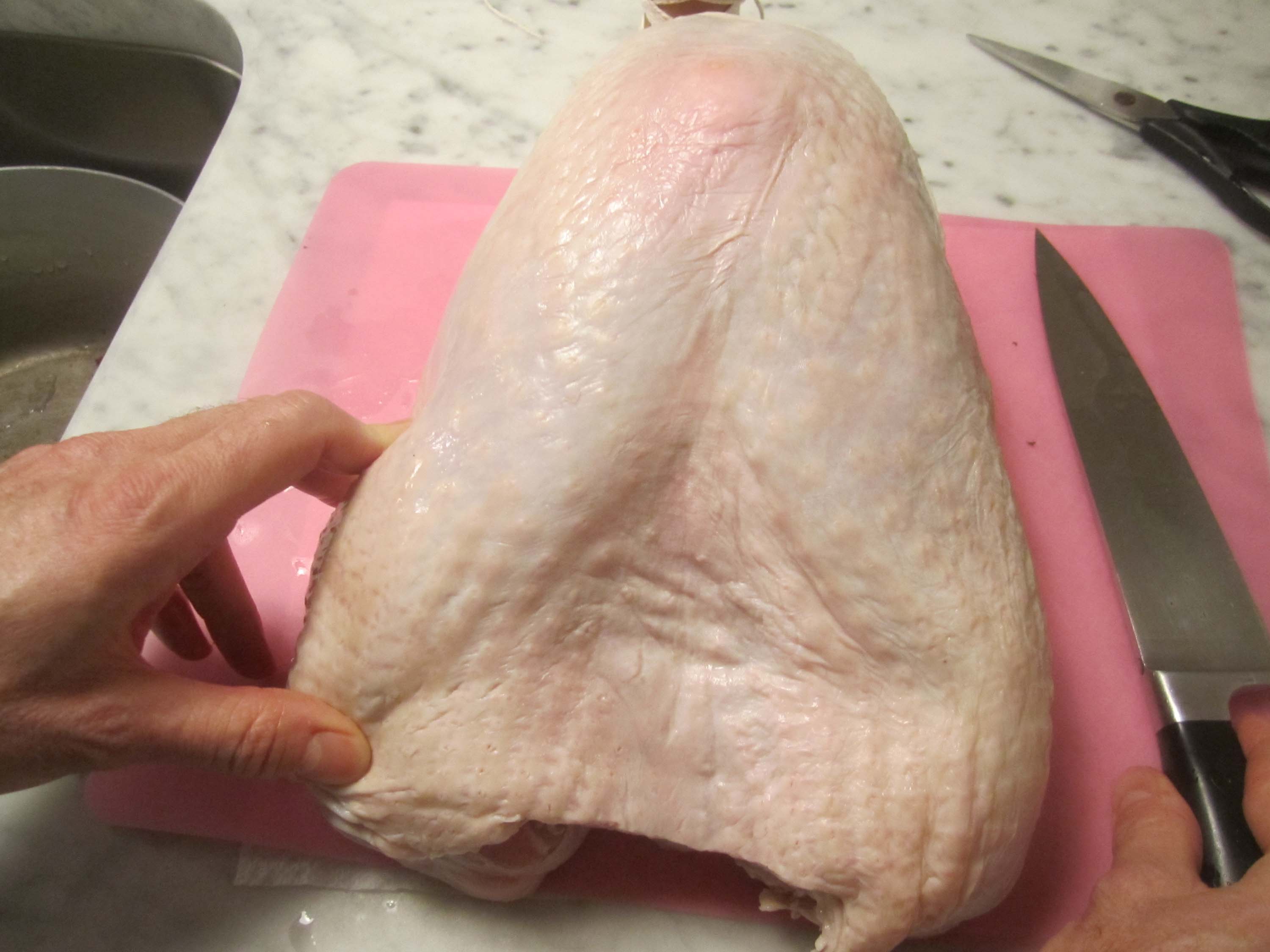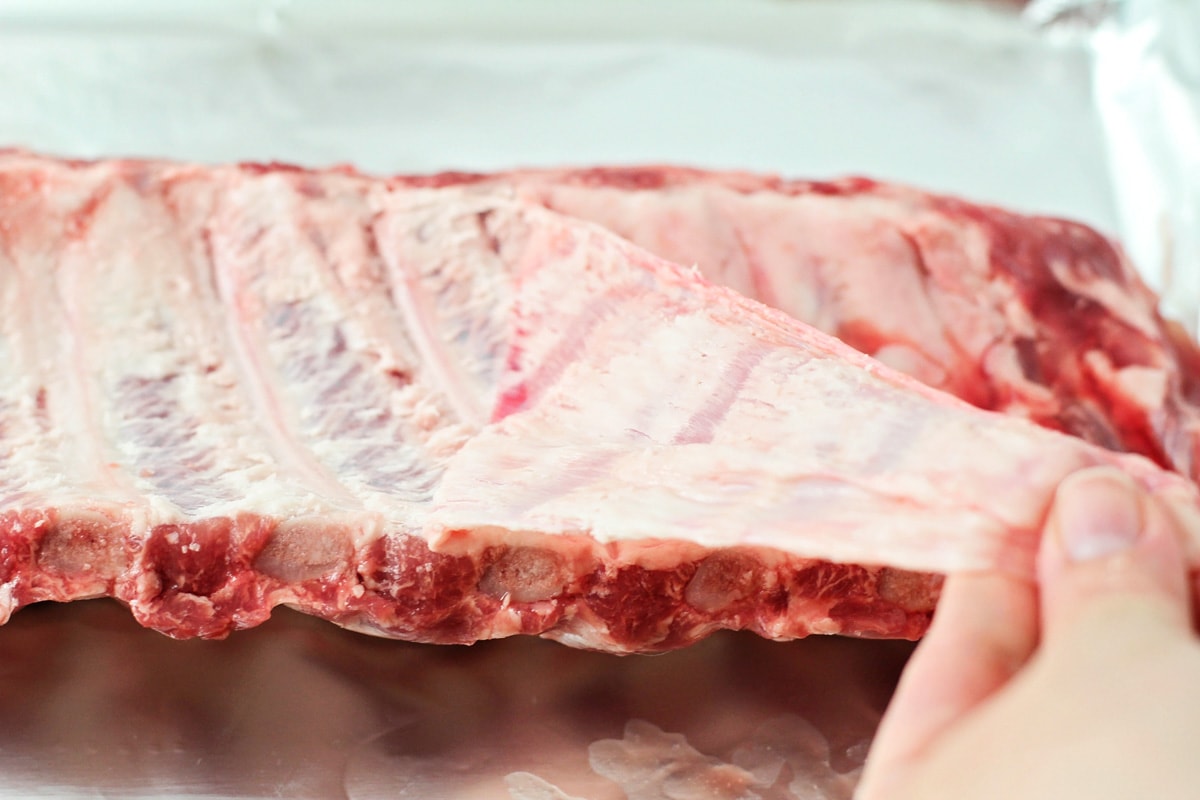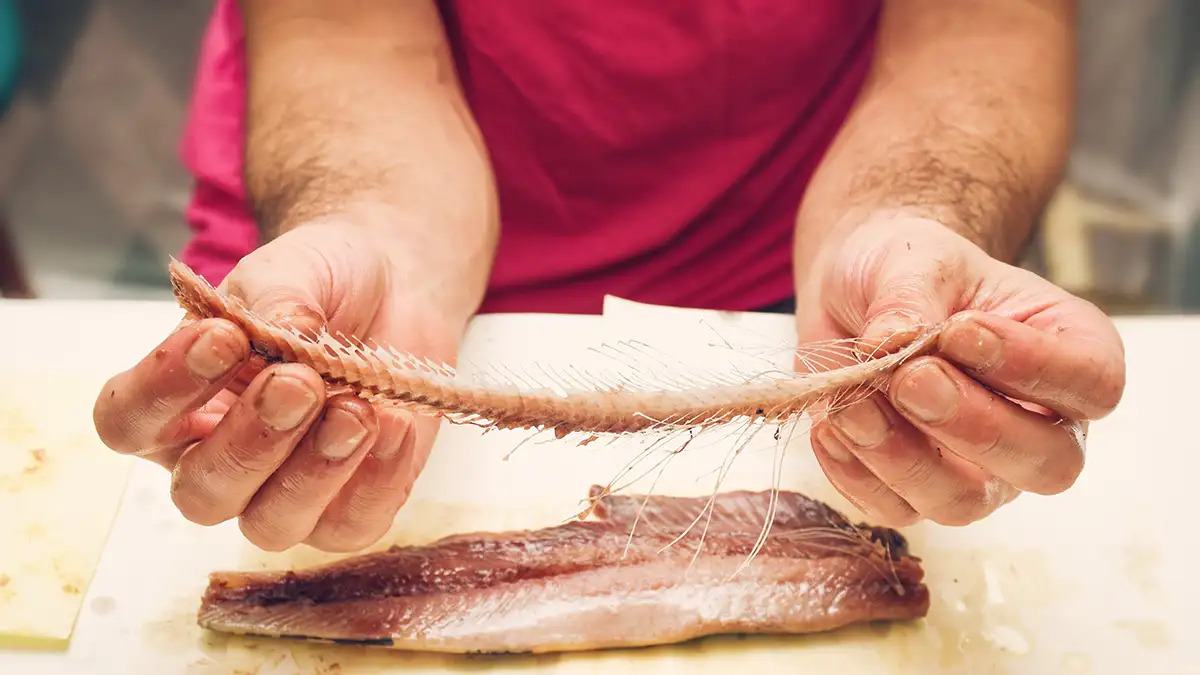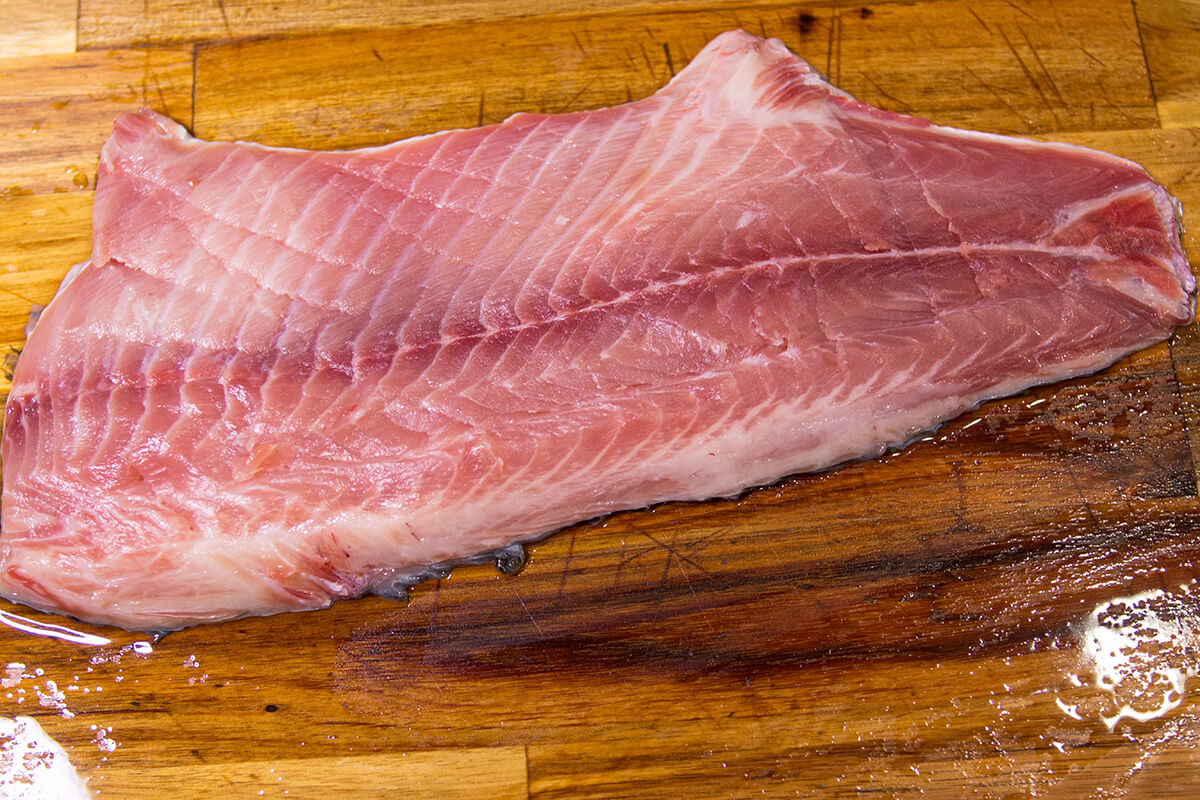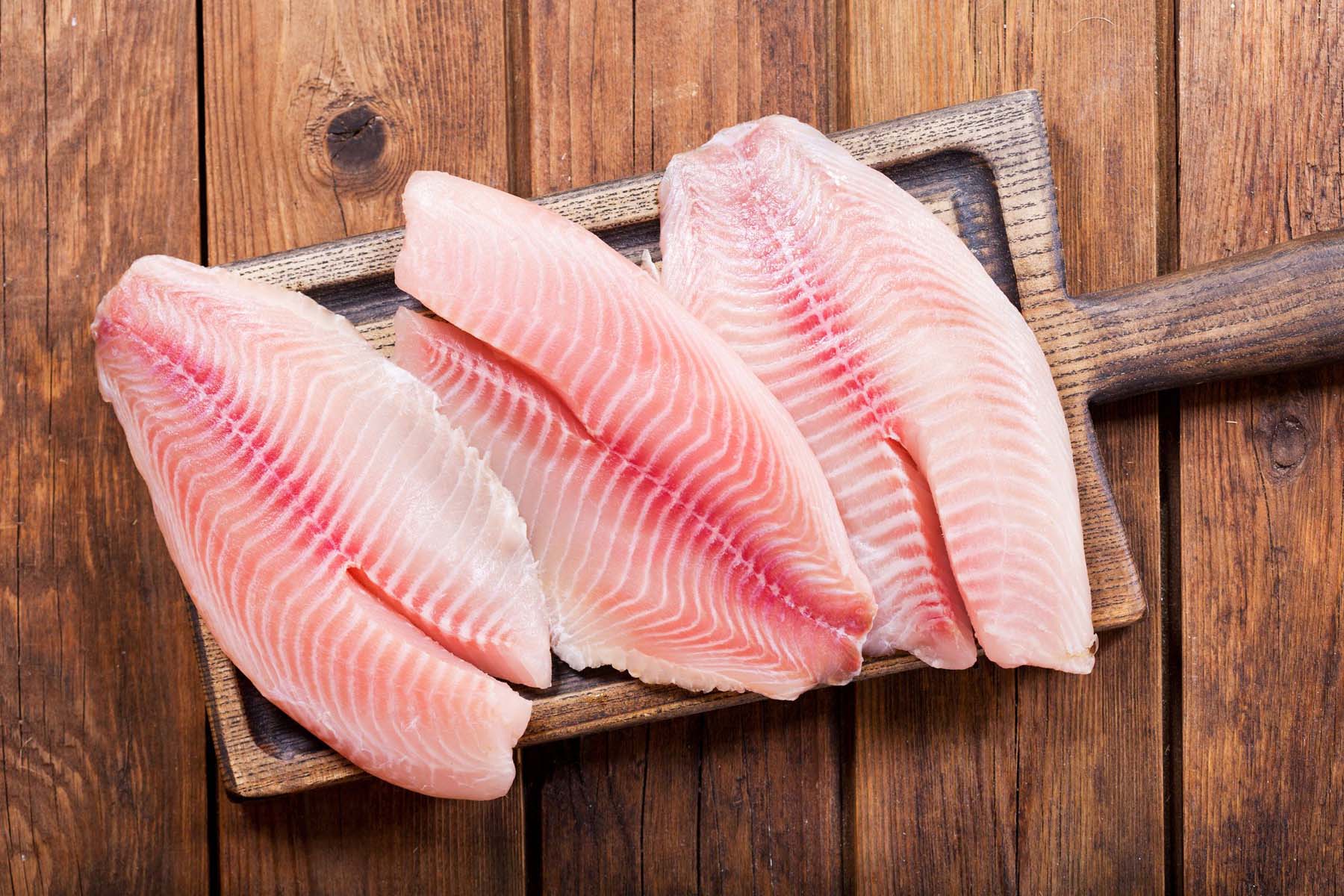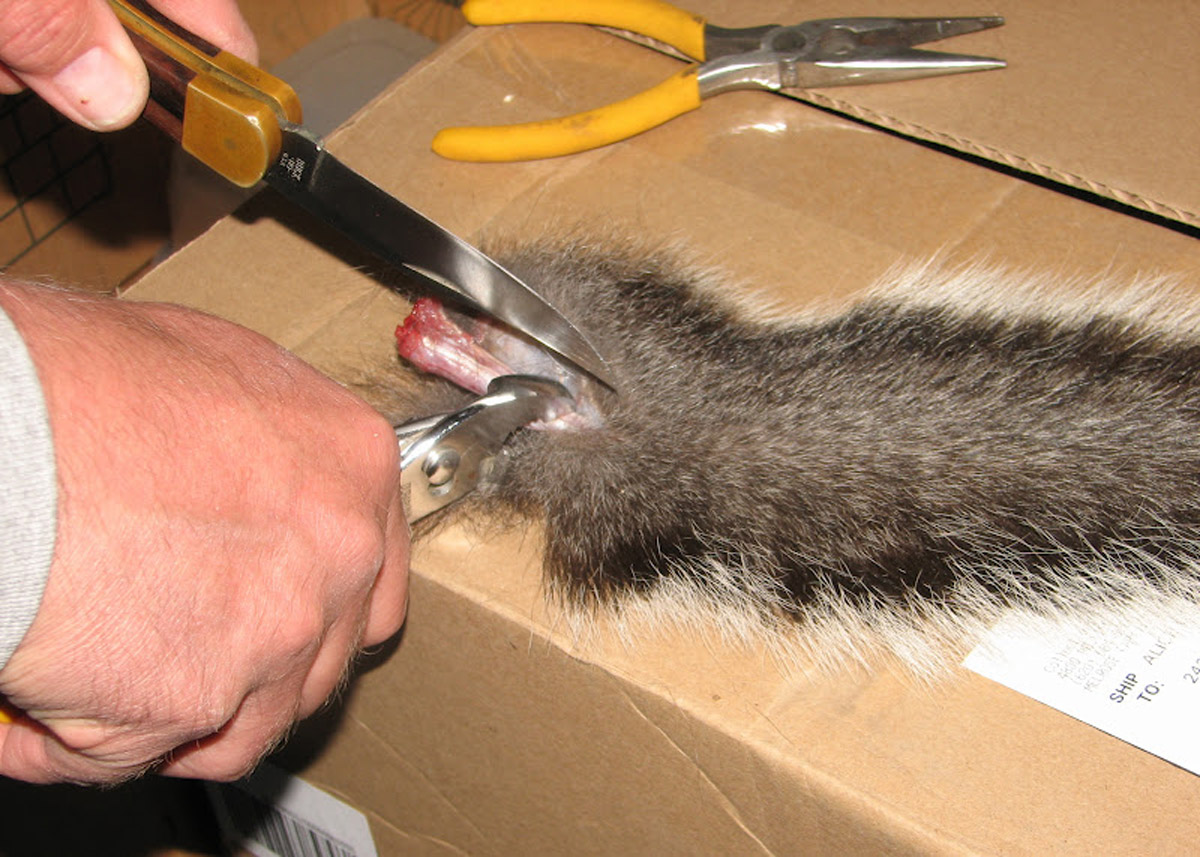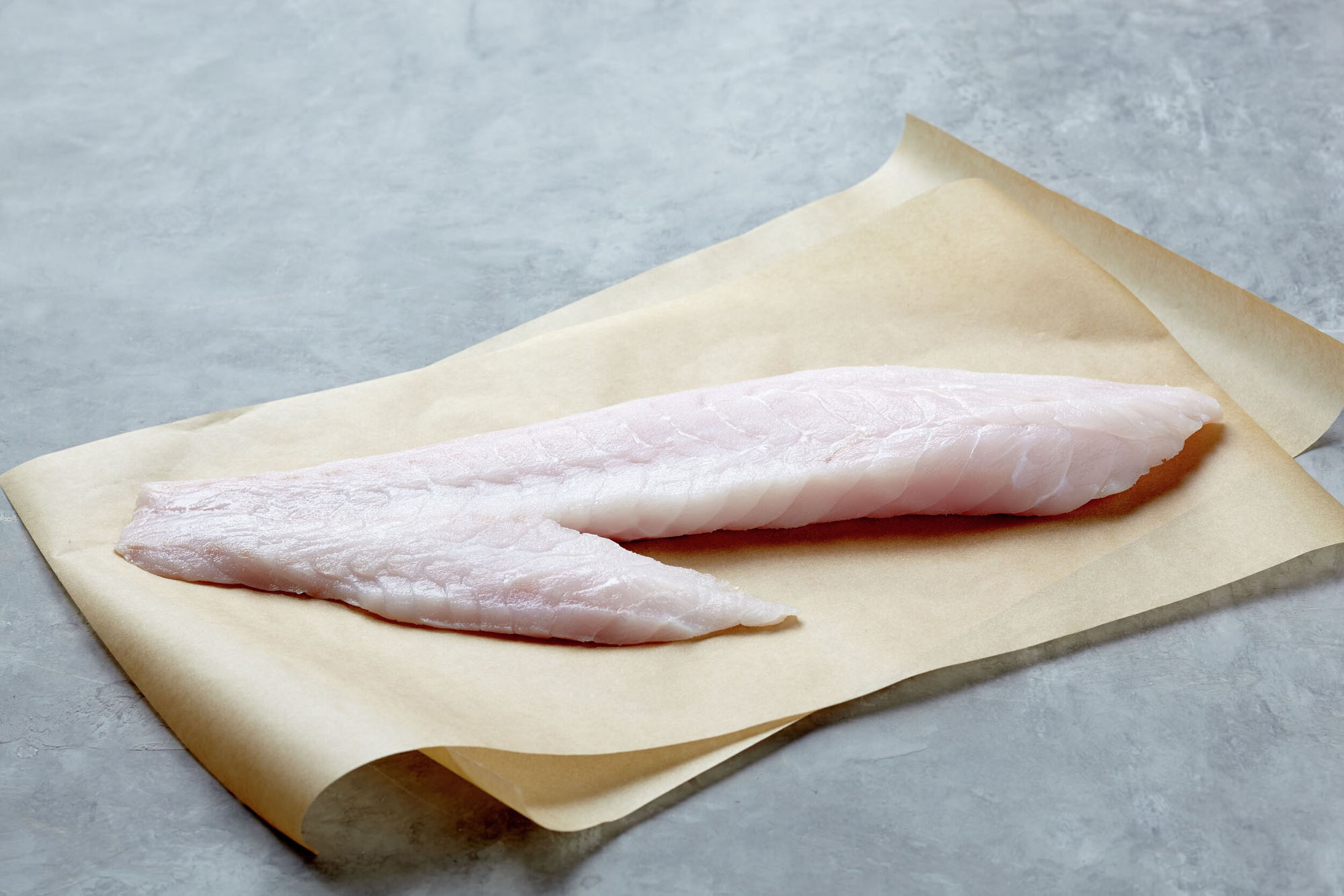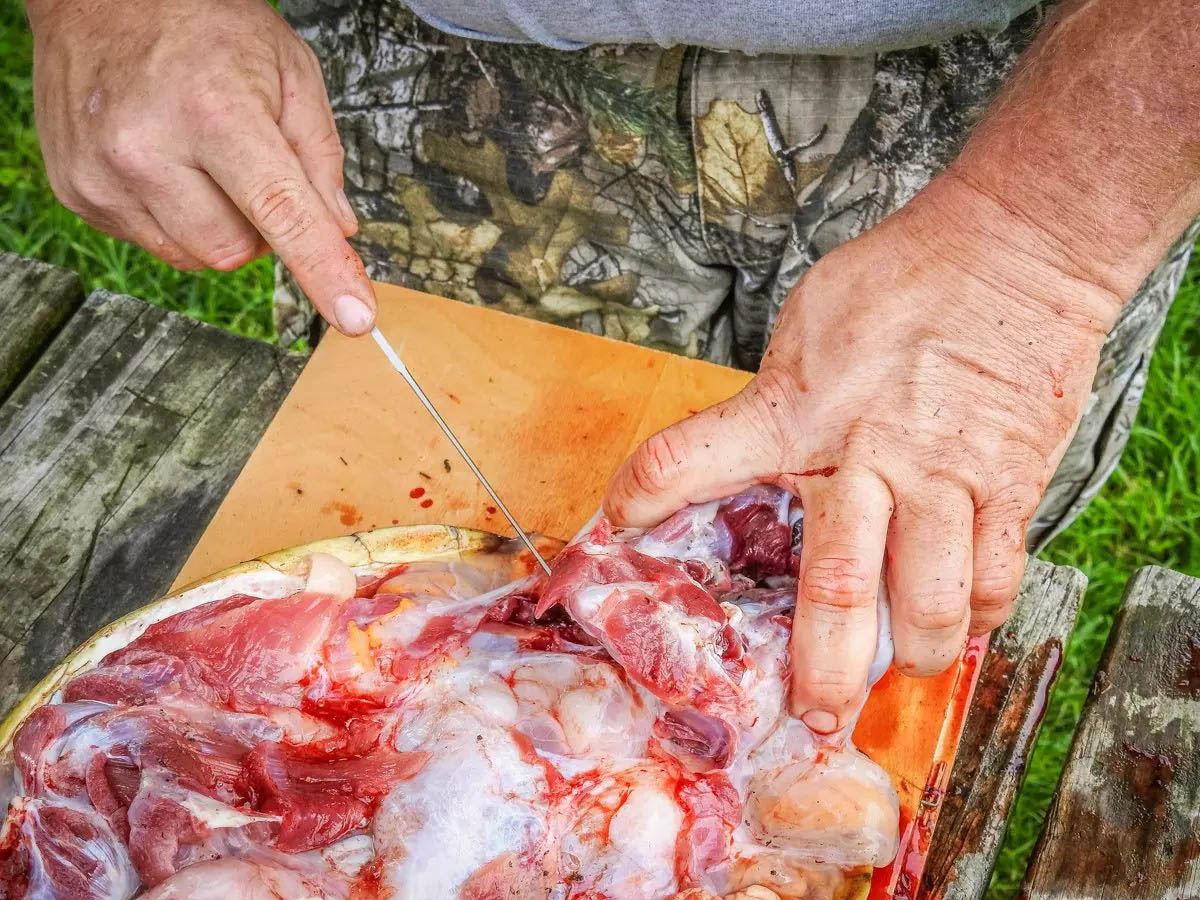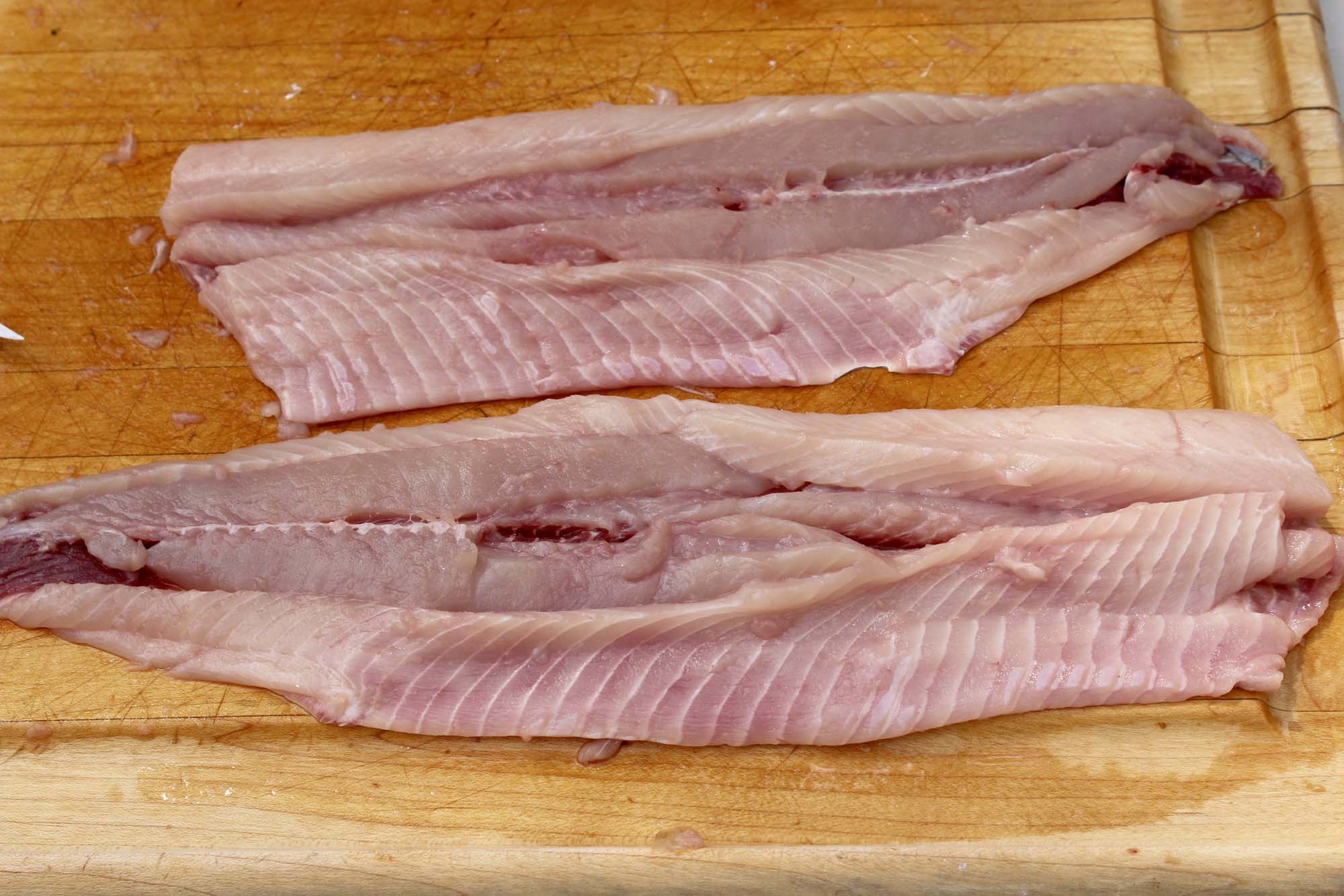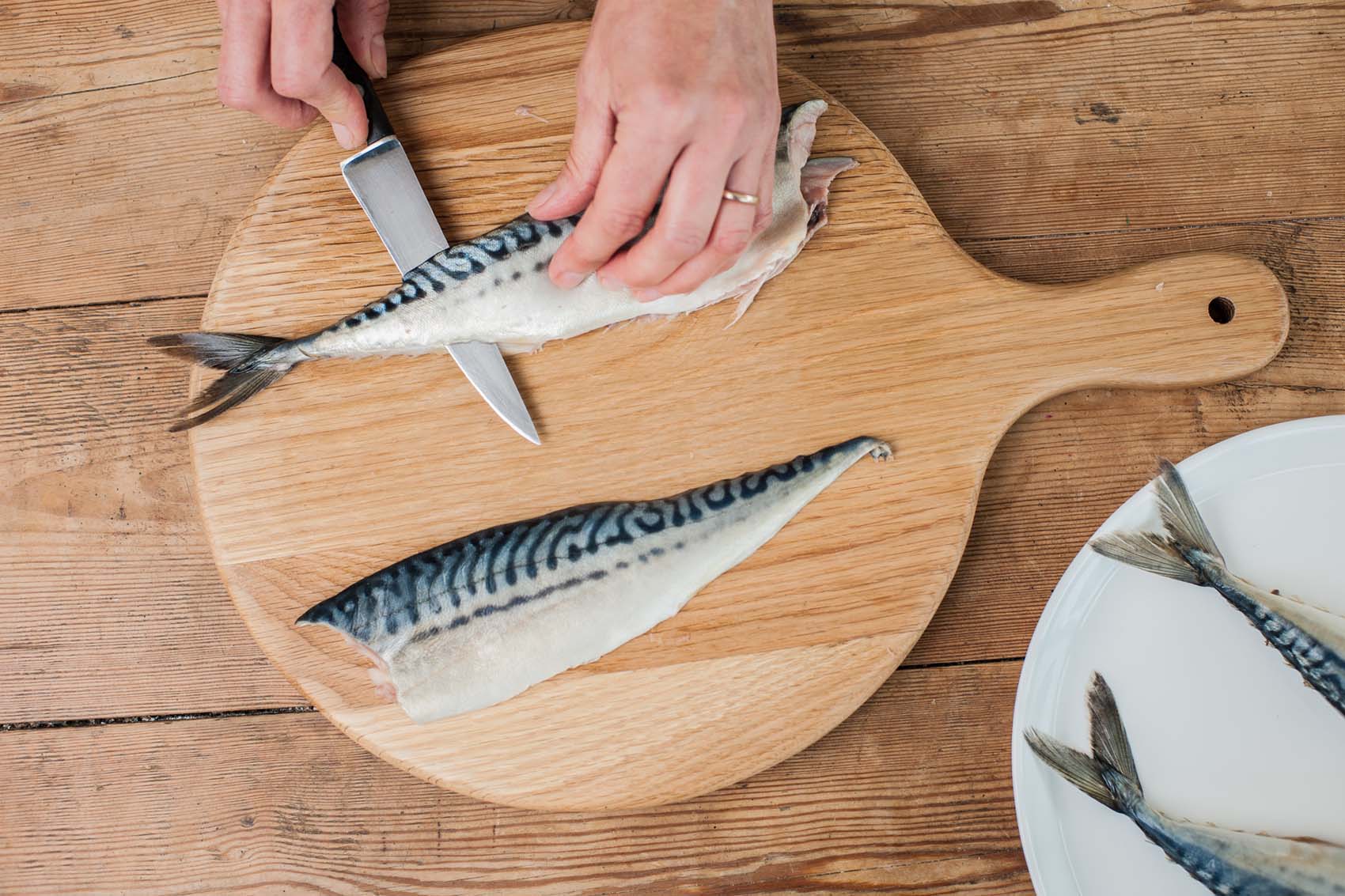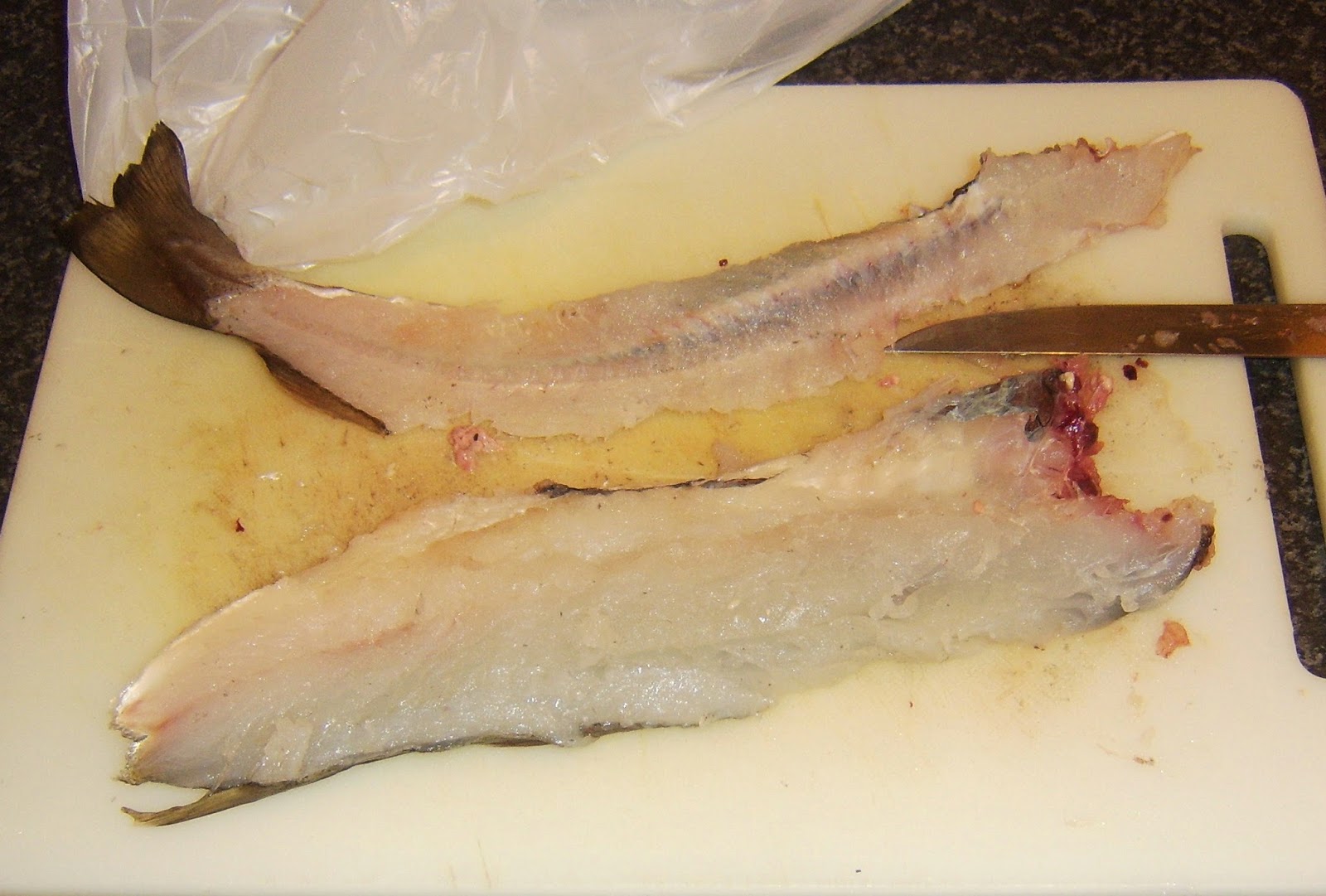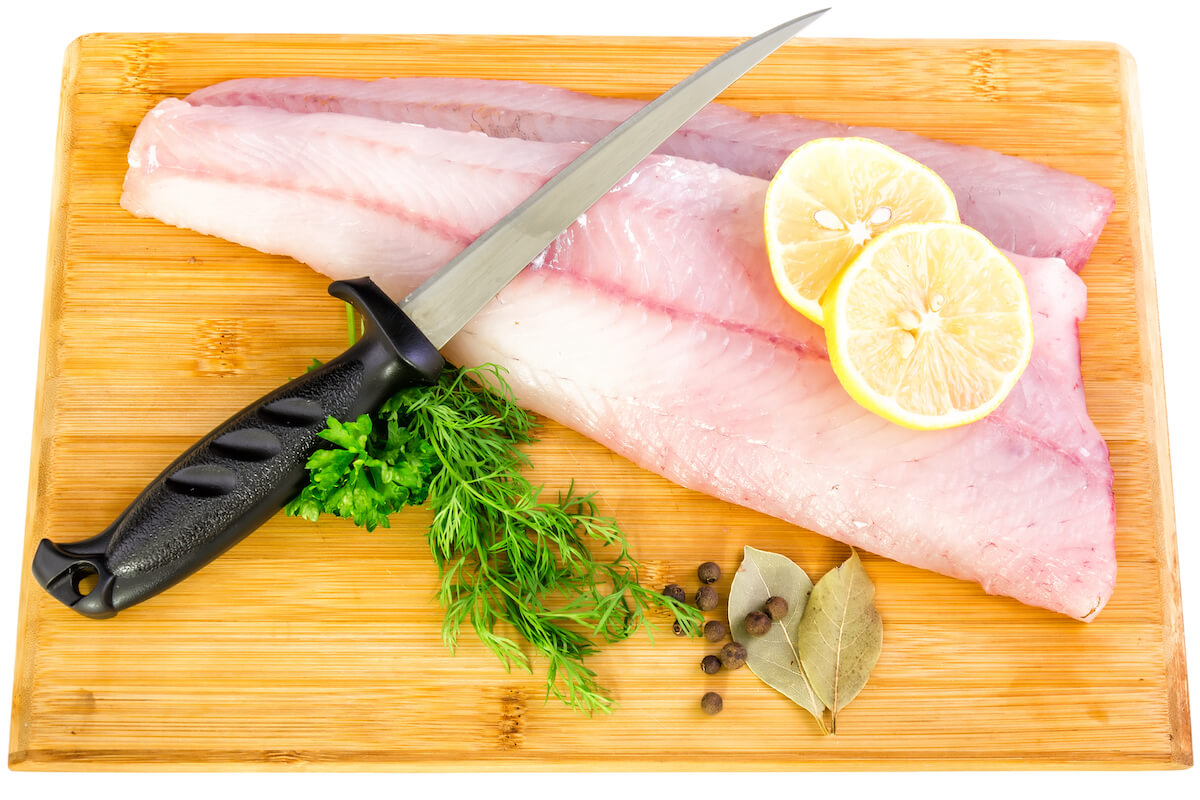Deboning a Fish with a Spoon
Deboning a fish can be a daunting task, especially if you don’t have the proper tools at hand. But what if we told you that you can achieve this with just a simple spoon? Yes, it’s possible to debone a fish using a spoon, and we’re here to guide you through the process step by step.
Why Use a Spoon?
Using a spoon to debone a fish may seem unconventional, but it can be quite effective, especially when you don’t have access to specialized kitchen tools. A spoon’s curved edge and smooth surface make it ideal for delicately removing bones from a fish while minimizing the risk of damaging the flesh.
Step-by-Step Guide to Deboning a Fish with a Spoon
Follow these simple steps to debone a fish using a spoon:
- Cut the Fish: Begin by placing the fish on a clean, flat surface. Use a sharp knife to make an incision along the belly of the fish, from the tail to the head. Carefully open the fish to reveal the bones and internal organs.
- Locate the Bones: Gently run your fingers along the flesh to locate the main bone structure of the fish. You should be able to feel the spine and rib bones.
- Use the Spoon: Take a sturdy spoon with a curved edge and gently press it against the fish’s flesh, following the line of the bones. Use a scraping motion to separate the flesh from the bones, taking care not to press too hard and break the bones.
- Remove the Bones: As you work your way along the fish’s spine and ribs, use the spoon to lift and separate the flesh from the bones. Continue this process until you have removed all the bones from one side of the fish.
- Repeat on the Other Side: Once you have deboned one side of the fish, flip it over and repeat the process on the other side.
Tips for Success
Deboning a fish with a spoon requires patience and precision. Here are some tips to help you achieve the best results:
- Use a Sturdy Spoon: Opt for a spoon with a strong, curved edge to make the deboning process easier.
- Work Carefully: Take your time and work slowly to avoid damaging the flesh or leaving behind small bones.
- Practice on Small Fish: If you’re new to deboning with a spoon, start with smaller fish, such as trout or mackerel, before moving on to larger species.
- Keep the Flesh Intact: Aim to remove the bones while keeping the fish’s flesh as intact as possible. This will make for a more enjoyable dining experience.
Conclusion
Deboning a fish with a spoon may take some practice, but it’s a valuable skill to have, especially when you find yourself without traditional deboning tools. With the right technique and a bit of patience, you can master the art of deboning a fish with a spoon, impressing your friends and family with your culinary prowess.
So, the next time you’re faced with a whole fish and no deboning knife in sight, reach for a spoon and put your newfound skills to the test!
Was this page helpful?
Read Next: How To Debone A Ham Butt End
